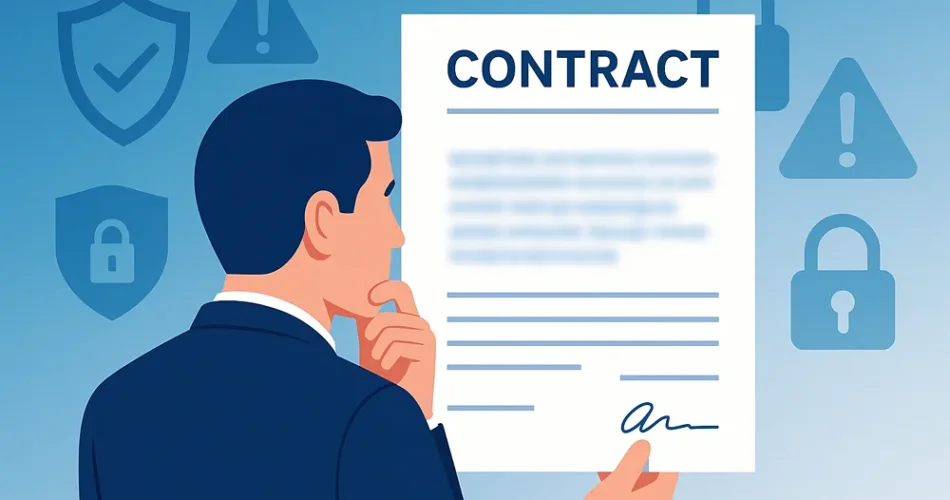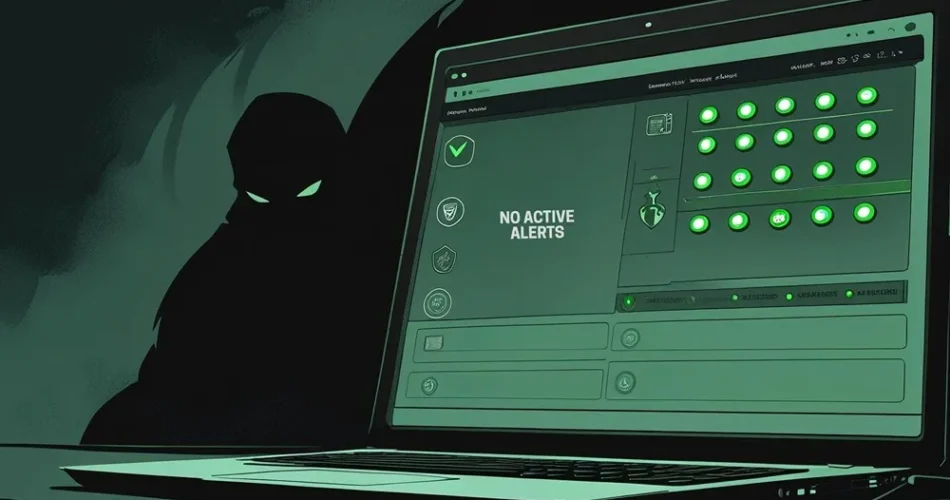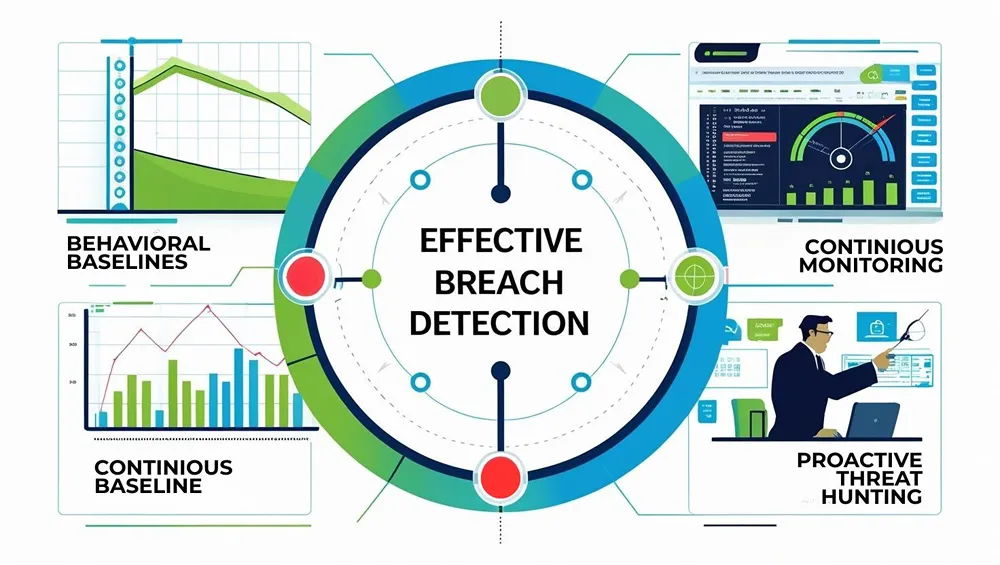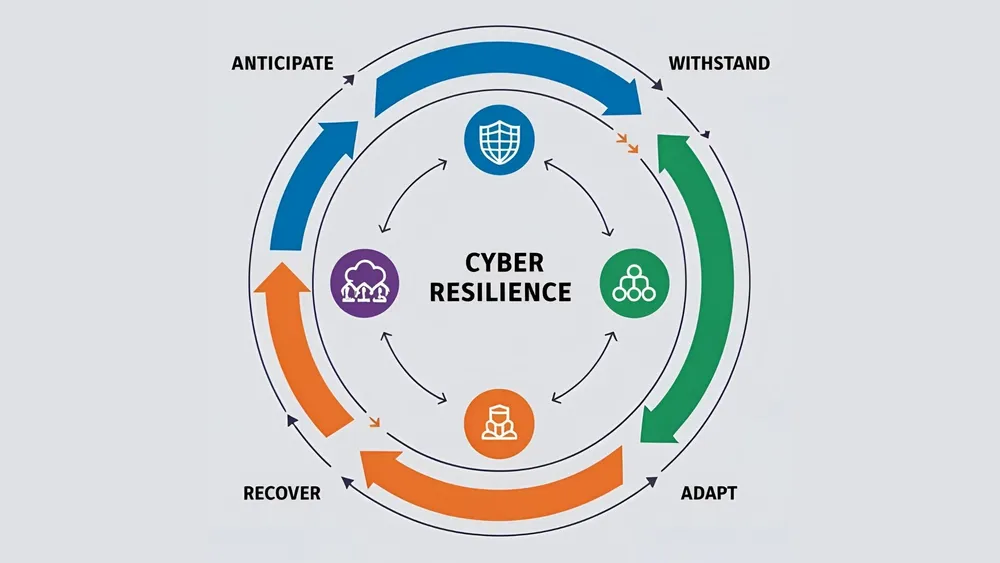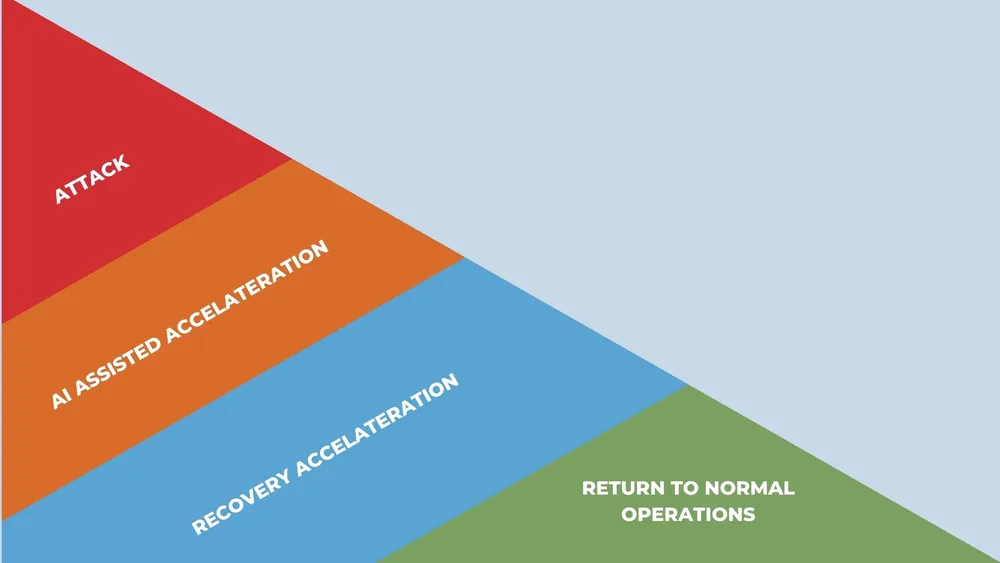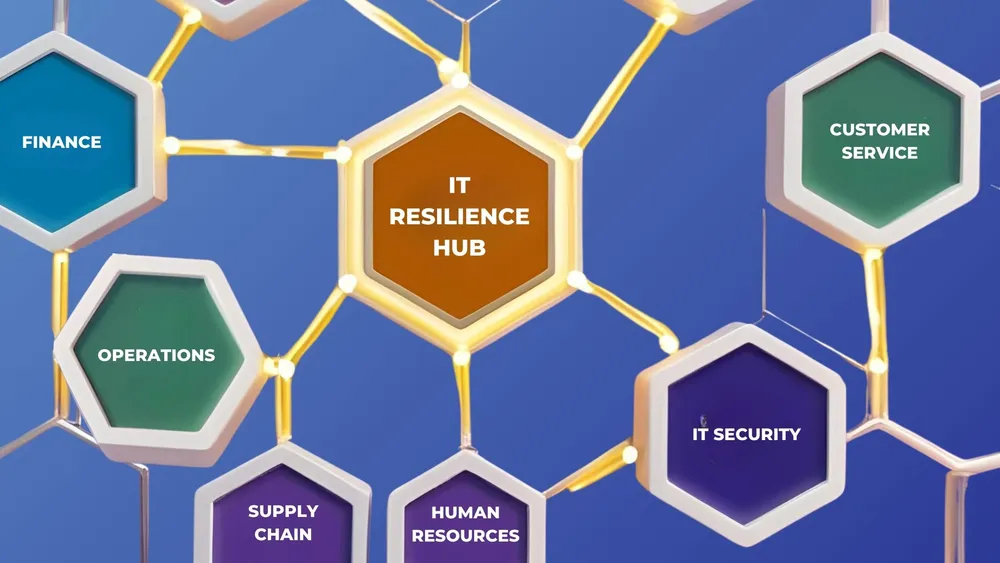Your CFO just asked a simple question: “What are we paying for in our technology contracts?”
The uncomfortable silence that followed revealed a problem most organizations face: they don’t actually know what they’re buying from their technology vendors – especially when it comes to cybersecurity services.
Poor vendor oversight often represents 20-30% of wasted technology spending, but the cybersecurity implications go far beyond cost inefficiencies. Inadequate vendor management creates security gaps that can expose organizations to devastating breaches and compliance failures.
The Security Contract Visibility Problem
Cybersecurity contracts are particularly prone to dangerous ambiguity. Services that sound comprehensive often exclude the most critical functions when you need them most.
“24/7 security monitoring” might not include incident response. “Managed security services” could provide alerts without remediation. “Comprehensive threat detection” may exclude email security or endpoint protection.
These gaps create a false sense of security where threats are detected but not contained. Organizations assume they’re protected when they’re actually receiving expensive security theater instead of meaningful protection.
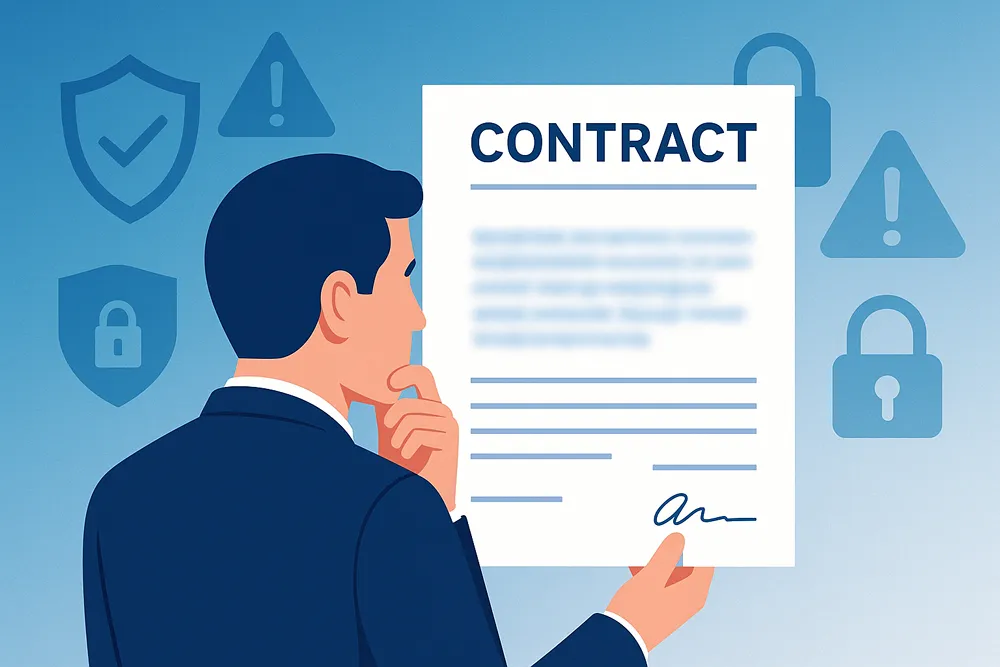
The Cybersecurity Redundancy Tax
Security services are especially prone to expensive overlaps because organizations often add new security vendors without removing existing ones.
Web hosting with built-in security monitoring. Separate security vendor providing network monitoring. MSP contract that includes security oversight. Endpoint protection from another vendor. Email security from yet another provider.
Each vendor monitors different aspects of your environment using different tools with different alerting systems. The result is paying multiple bills for overlapping monitoring while lacking coordinated incident response capabilities.
Hidden Escalations in Security Services
Cybersecurity contracts frequently include automatic price escalations that compound over time, often justified by “enhanced threat intelligence” or “improved detection capabilities.”
These increases might range from 5-15% annually in security services – higher than most other technology categories. Meanwhile, actual service levels often remain unchanged, or vendors might even reduce included services while maintaining higher prices.
Organizations pay premium rates for security services without questioning whether the enhanced value justifies the additional cost.
The Managed Security Provider Accountability Gap
“Managed Security Services” relationships present unique challenges because the term “managed” can be interpreted very differently by clients and providers.
Many security providers offer comprehensive monitoring with detailed alerting but exclude actual threat response. Clients assume “managed security” means threats are handled proactively. Providers interpret the same contract as providing alerts that clients must address themselves or through additional incident response engagements.
This disconnect becomes dangerous during actual security incidents when rapid response is critical. Organizations discover they’re paying for monitoring without response capabilities precisely when they need help most.
The Custom Security Solution Risk
Organizations often invest in custom security applications or configurations that address specific business requirements. However, these custom solutions create long-term dependencies when contracts don’t address ongoing maintenance and support.
Security applications require constant updates to address new threats, maintain compatibility with evolving infrastructure, and comply with changing regulations. Without proper support arrangements, custom security solutions can become vulnerabilities rather than protections.
The Vendor Consolidation Security Advantage
Effective security vendor management often involves consolidating services to create comprehensive, coordinated protection rather than fragmented monitoring across multiple providers.

Coordinated security operations eliminate gaps where vendors assume someone else is responsible for specific threats. Unified incident response provides faster, more effective threat containment. Consolidated threat intelligence offers better visibility across the entire attack surface.
Single-source security accountability means one vendor is responsible for comprehensive protection rather than multiple vendors monitoring different pieces of your environment.
The Compliance Implications
Poor security vendor management creates significant compliance risks across regulatory frameworks like HIPAA, PCI-DSS, and SOX.
When security responsibilities are fragmented across multiple vendors with unclear accountability, demonstrating compliance becomes nearly impossible. Auditors need clear evidence of comprehensive security controls with defined ownership and response procedures.
Vendor management failures often trigger compliance violations that result in significant fines and regulatory scrutiny that extends far beyond the original security gaps.
Building Strategic Security Vendor Management
Effective security vendor management requires approaches that address both cost optimization and comprehensive protection:
Comprehensive gap analysis that identifies security functions covered by different vendors and reveals dangerous overlaps or coverage gaps that create vulnerabilities.
Coordinated incident response planning that establishes clear accountability for threat response and ensures all security vendors work together during actual incidents.
Regular security vendor assessments that evaluate not just cost effectiveness but actual protection value and response capabilities under realistic threat scenarios.
Consolidated security operations that provide unified visibility and coordinated response across all security technologies rather than fragmented monitoring.

The Strategic Security Advantage
Effective security vendor management isn’t just about reducing costs – it’s about creating comprehensive protection that actually works during real attacks.
Organizations that develop systematic approaches to security vendor management position themselves for both cost optimization and superior threat protection.
At Ocean Solutions, we specialize in security-focused vendor management that eliminates dangerous gaps while optimizing costs. Our approach provides comprehensive security vendor analysis, coordination planning, and ongoing oversight that ensures your security investments deliver actual protection rather than just monitoring.
We help organizations consolidate fragmented security services into coordinated protection systems that work together during actual incidents. Our security vendor management identifies overlapping services, eliminates coverage gaps, and ensures accountability for comprehensive threat response.
Most importantly, we provide ongoing security vendor oversight that adapts protection strategies as threats evolve and business requirements change.
Contact Ocean Solutions today to discuss how our security-focused vendor management can help optimize your cybersecurity investments while eliminating dangerous protection gaps.


